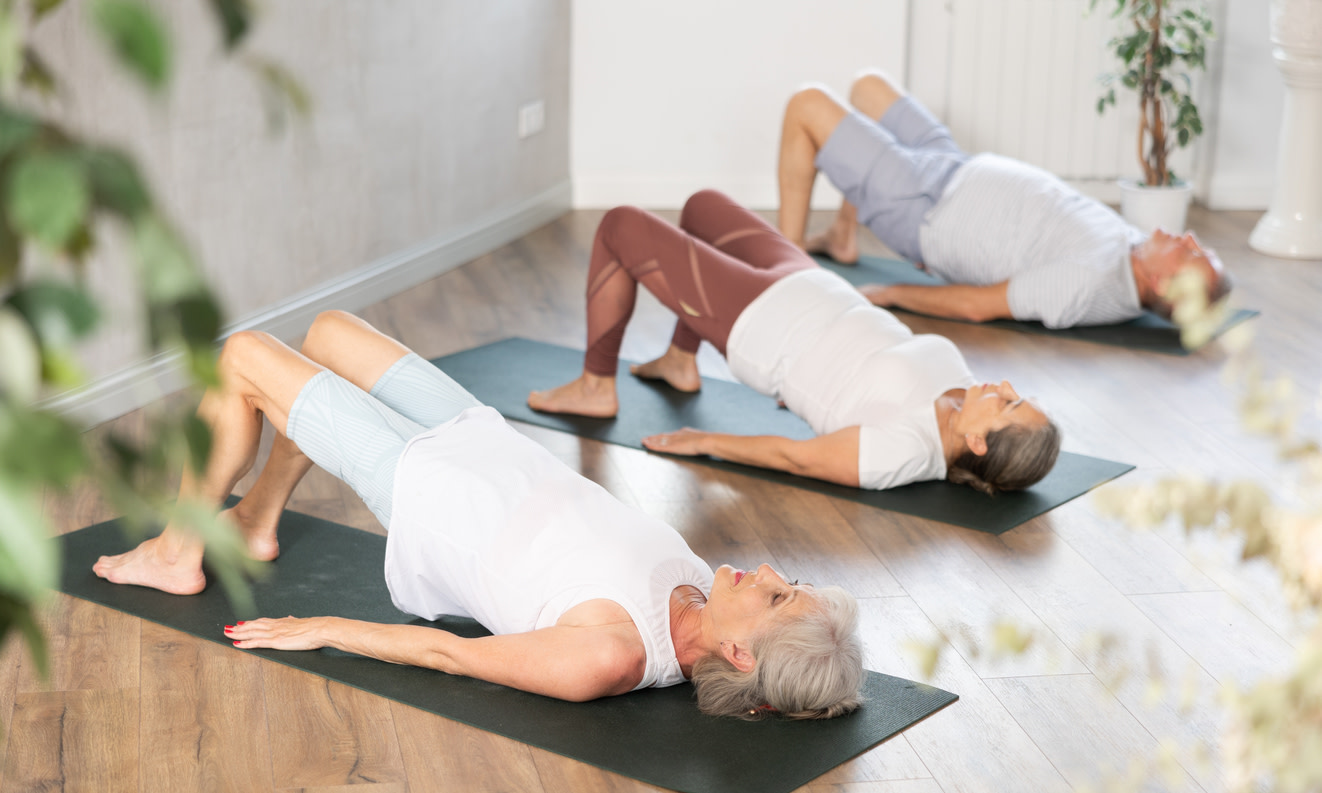12 Back Strengthening Exercises for Seniors Recommended by Physical Therapists
Learn about the importance of back strengthening exercises for seniors and get moves recommended by physical therapists.
$0 cost to you
Published Date: Oct 9, 2024
Table of Contents
Fully covered back pain relief
Find relief from lower back pain, a thrown out back, sciatica, & more.
Check if I'm eligible